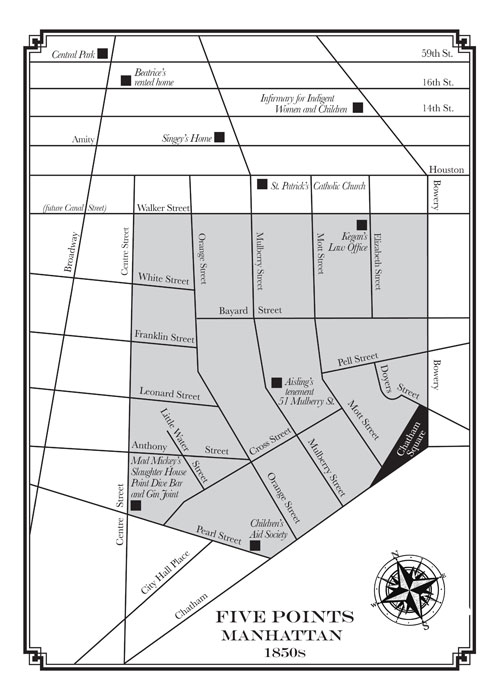

In 1853, Charles Loring Brace and a group of business men formed a new organization to help care for the neglected children of New York City. They called it the Children’s Aid Society (CAS) with Mr. Brace as the First Secretary. This care led to the ‘free-home-placing-out” of over 250,000 orphaned, abandoned, or homeless children between 1853 and the early 1930s.
Children, in groups of ten to forty, and under the supervision of at least one agent, traveled on trains to selected stops where families willing to foster looked them over. This effort was the precursor of modern day foster care.
Agents would plan a route, send flyers to towns along the way, and arrange for a “screening committee” in towns where the children might get new homes. All towns had to be along the railroad line. When a child was placed, a contract was signed under the condition the child was schooled during the winter months until eighteen years of age.
The first group of children went to Dowagiac, Michigan in 1854, and the last official train ran to Texas in 1929.
By 1860, over 30,500 miles of track had been laid and eleven railroads met in Chicago, enabling the CAS to place children throughout the country as it could be reached by rail.
At one point, ten thousand vagrant children lived in eleven wards in New York City. Over three thousand children, of whom two thousand were girls between the ages of eight and sixteen were regularly trained to thieve.
New York was unable to deal effectively with the tides of immigration that tripled the city’s population. Industrialization and the Civil War induced adversity and encouraged epidemics such as cholera, typhus, trachoma, and favus.
Delinquents, prostitutes, beggars, and drunkards dwelled in contaminated tenements and rat infested slums. Five Points was one of those slums, and the most notorious.
Sixteen thousand criminals were arrested in 1853 in New York, one fourth were less than the age of twenty-one, and eight hundred were under fifteen.
For more reading on this sad issue in American history, you might Google orphan trains; Wikipedia; The National Orphan Train Museum in Concordia, Kansas (which maintains records and houses a research facility.) In addition, The Children’s Aid Society in New York has an historical archive.
A number of authors have also written about the orphan trains; there Mulberry Bend again, if you Google, you will note the references.
All the characters in this novel are fictional, however the circumstances are not. Aisling O’Quinn was an unusually fortunate young lady. |



















